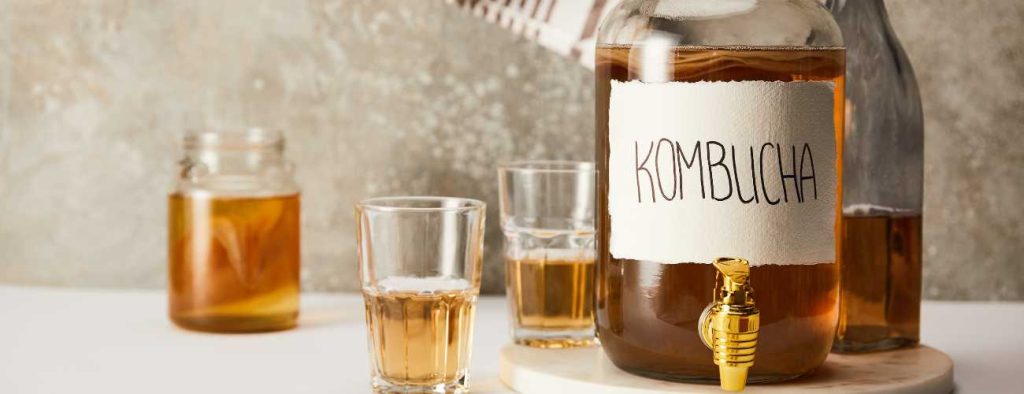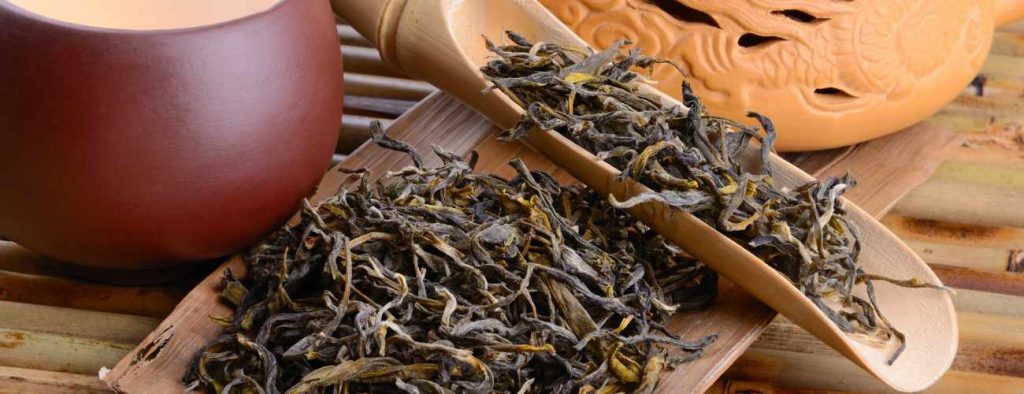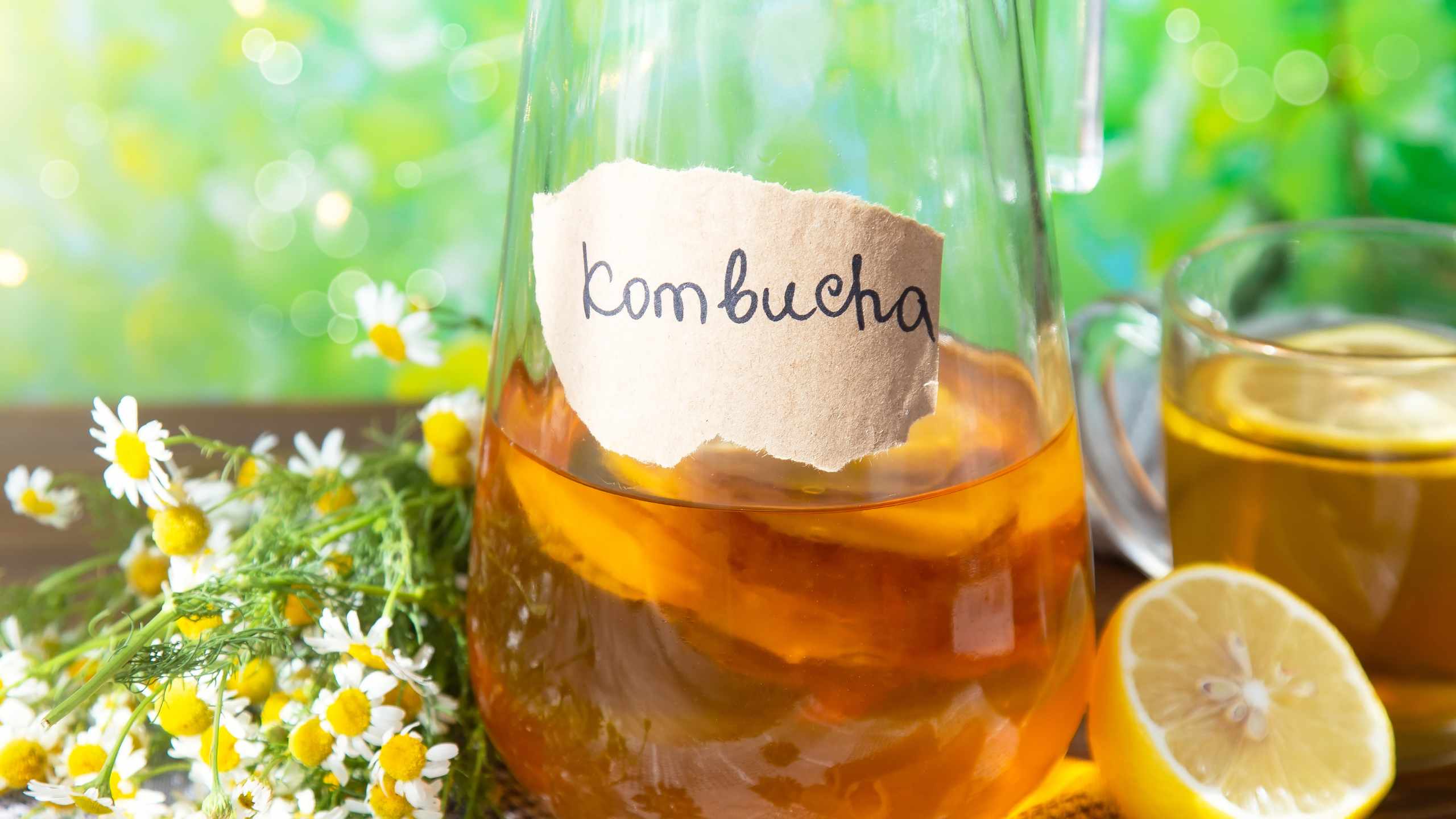Welcome to the world of kombucha! If you’re intrigued by this tangy, probiotic-rich beverage and eager to try your hand at making it yourself, you’re in the right place. In this comprehensive guide, I’ll walk you through everything you need to know to brew your own kombucha at home, complete with a SCOBY (Symbiotic Culture Of Bacteria and Yeast) to kickstart the fermentation process.
What is SCOBY?
First things first, let’s talk about SCOBY. This peculiar acronym stands for Symbiotic Culture of Bacteria and Yeast, and it’s essentially the living organism responsible for transforming sweet tea into kombucha. SCOBY resembles a rubbery, pancake-like disc that floats on the surface of the tea during fermentation. It might not win any beauty contests, but don’t let its appearance fool you -it’s the magic ingredient that makes kombucha what it is.
Ingredients and Equipment for Kombucha Brewing
Before we dive into the brewing process, let’s gather our ingredients and equipment. Here’s what you’ll need:
Tea
You’ll want to use black, green, or oolong tea for your kombucha. Avoid flavoured teas which have artificial additives or those containing oils, as they can harm the SCOBY. I normally make 5L of Kombucha and use about 10-15 grams of loose-leaf tea or 8-10 tea bags.
Sugar
Plain white granulated sugar works best. Don’t worry – the sugar is food for the SCOBY and will be mostly consumed during fermentation. Aim for approximately 200-250 grams of sugar. You can adjust the amount of sugar based on your taste preferences. Keep in mind that the sugar is food for the SCOBY during fermentation, so reducing the amount too much may affect the fermentation process.
Water
Use 5L of filtered water free from chlorine and other contaminants.
SCOBY
You can either purchase a SCOBY starter kit or obtain one from a friend or a specialized shop that brews kombucha. I have purchased a great quality SCOBY from a specialized small business on Amazon.
If you are worried about condition of your SCOBY or how many times you can reuse it, follow this link to read my blog where I answer these questions in details.
If you would like to learn how to make Kombucha without SCOBY – I recommend you to check out my blog where I explain the complete process of how to do this.
Large Glass Jar
Opt for a glass jar with a wide opening, preferably 5-6 L in size. I bought 5.5L glass drink dispenser with a tap where I can continually brew and dispense kombucha.
Breathable Cloth or Paper Towels
These will be used to cover the jar during fermentation.
Rubber Bands
These will be used to secure the cloth or paper towel in place.
Bottles
Once your kombucha is ready, you’ll need bottles for bottling and storing it. Swing-top bottles or recycled glass bottles work well.

How to Make Kombucha
Now that we have our ingredients and equipment ready, let’s get brewing! Here’s a step-by-step guide to making kombucha at home:
Prepare the Tea
Start by bringing water to a boil in a large pot. Once boiling, remove the pot from heat and add your tea bags or loose-leaf tea. Let the tea steep for 10-15 minutes, then remove the tea bags or strain out the loose tea leaves.
Add Sugar
While the tea is still warm, stir in the sugar until completely dissolved. This will provide food for the SCOBY during fermentation and help achieve the desired level of sweetness in your kombucha.
Cool the Tea
Allow the sweetened tea to cool to room temperature. It’s important not to add the SCOBY to hot tea, as high temperatures can harm the live cultures.
Add SCOBY
Once the tea has cooled, transfer it to your large glass jar. Carefully place the SCOBY on top of the tea. Don’t worry if the SCOBY sinks or floats sideways – it’s perfectly normal.
Cover and Ferment
Cover the mouth of the jar with a breathable cloth or several layers of paper towels, securing it in place with rubber bands. This will allow air to flow in and out of the jar while preventing dust and insects from getting in. Place the jar in a warm, dark place away from direct sunlight and let it ferment for 7-14 days, depending on your taste preferences.
Taste Test
After a few days of fermentation, start tasting your kombucha to gauge its flavour development. The longer you ferment it, the more tart and acidic it will become. When it reaches your desired level of tartness, it’s ready to be bottled.
Bottle and Flavour
Remove the SCOBY from the jar using clean hands or utensils and transfer it to a clean container along with some of the liquid from the fermentation process. This will serve as the starter for your next batch of kombucha. Next, pour the fermented kombucha into bottles, leaving some space at the top. If you like, you can add flavourings such as fruit juice, herbs, or spices to the bottles for a customized twist.
Carbonation (Optional)
To carbonate your kombucha, seal the bottles tightly and let them ferment at room temperature for an additional 1-3 days. Keep a close eye on them to prevent over-carbonation, which can cause the bottles to explode.
Refrigeration
Once carbonation is achieved or if you prefer still kombucha, transfer the bottles to the refrigerator to chill. Refrigeration slows down the fermentation process and helps preserve the flavour and carbonation of the kombucha.

Tips for Success
Keep It Clean: Maintain a clean and sterile environment throughout the brewing process to prevent contamination by harmful bacteria.
Use Non-Metallic Materials: Metal can react with the acidic nature of kombucha and harm the SCOBY. Stick to glass, ceramic, or plastic containers and utensils.
Experiment: Don’t be afraid to experiment with different tea blends, sugar levels, and flavour combinations to find your perfect brew.
Be Patient: Fermentation takes time, so be patient and allow your kombucha to develop its full flavour potential.
What Is the Best Tea to Make Kombucha with?
The best tea for kombucha is typically plain, unflavoured tea made from the Camellia sinensis plant. When selecting tea for kombucha, it’s essential to choose high-quality, loose-leaf tea or tea bags without any added flavours, oils, or additives. These additives can interfere with the fermentation process and may negatively impact the health of the SCOBY.
Here are some common types of tea that are frequently used for brewing kombucha:
Black Tea
Black tea is a popular choice for brewing kombucha due to its robust flavour and tannin content, which provides essential nutrients for the SCOBY (Symbiotic Culture of Bacteria and Yeast) and contributes to the fermentation process.
Varieties of black tea include Assam, Darjeeling, Ceylon, and Keemun.
Green Tea
Green tea offers a lighter flavour compared to black tea and contains antioxidants that may enhance the health benefits of kombucha.
It’s important to use plain green tea without any added flavours or additives, as these can interfere with the fermentation process.
White Tea
White tea is minimally processed and has a delicate flavour profile, making it a suitable choice for brewing kombucha.
Like green tea, it contains antioxidants that may provide additional health benefits.
Oolong Tea
Oolong tea is partially oxidized, offering a unique flavour profile that falls between green and black tea. It can add complexity to kombucha and is often used in blends with other types of tea.
Ultimately, the best tea for kombucha depends on personal preference and the desired flavour profile. Some brewers prefer the boldness of black tea, while others enjoy the lightness of green or white tea. Experimentation with different types of tea blends can help you discover your favourite combination for brewing delicious homemade kombucha.

Conclusion
Crafting your own kombucha with SCOBY is a satisfying and enjoyable process that allows you to create a beverage tailored to your preferences. By following these steps and tips, you can embark on a journey of kombucha brewing at home, experimenting with flavours and techniques along the way. Cheers to your newfound skill and the delicious batches of kombucha awaiting you!



